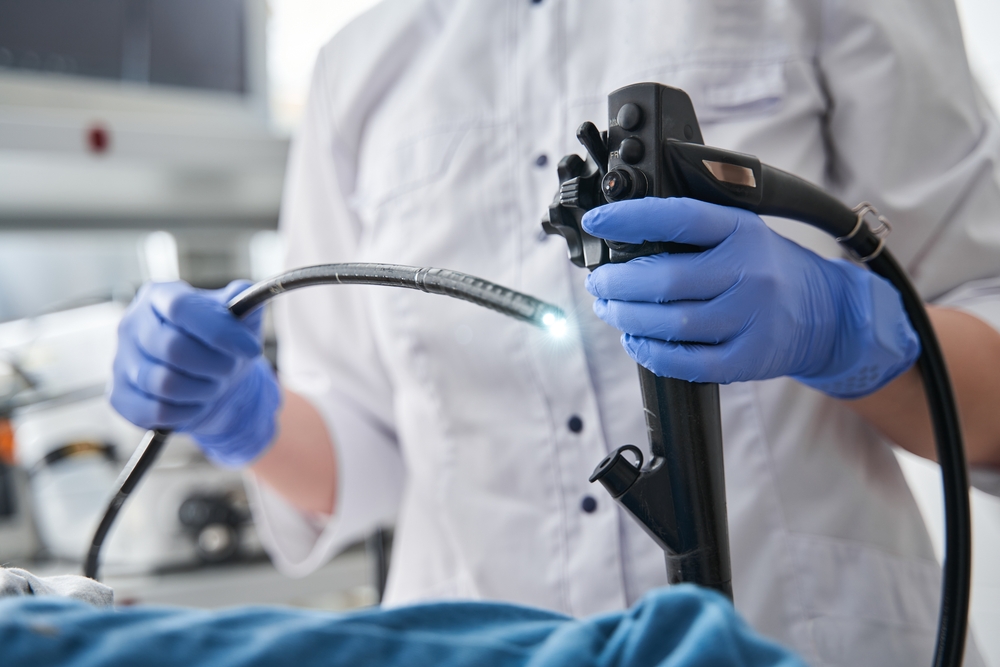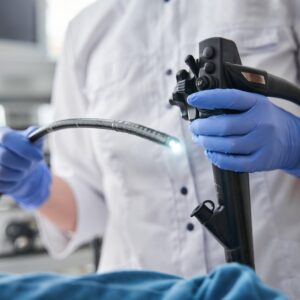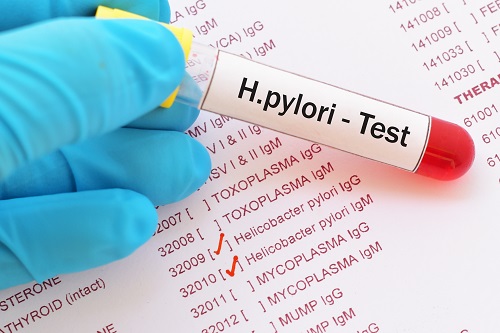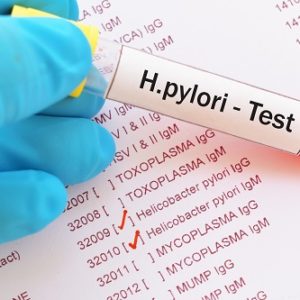What are the warning signs of heart disease?
If you experience the following symptoms or warning signs, it is necessary to seek medical attention and arrange for a cardiac examination:
- Chest pain
- Discomfort in the chest
- Rapid or slow heartbeat
- Shortness of breath
- Back pain
- Dizziness
- Fatigue
- Swelling in the legs or abdomen
Who is at higher risk and needs examinations?
The American Heart Association (AHA) recommends that everyone, starting at the age of 20, undergo some basic heart examinations. Individuals with the following conditions are at higher risk and are advised to undergo heart examinations earlier and more frequently:
- High blood pressure
- High cholesterol
- High blood sugar
- Diabetes or prediabetes
- Overweight or obesity
- Unhealthy lifestyle habits, such as alcohol consumption or smoking
- Family history of heart disease
- History of high blood pressure/preeclampsia/gestational diabetes during pregnancy
Heart self-examination
If you experience the symptoms of heart disease mentioned above, you can perform a self-examination at home to preliminarily determine if you may be experiencing Myocardial Infarction.
- Clench your fist for 30 seconds, then release it and observe the color change in your palm. Normally, the color should return to its original state within 3 seconds. If the recovery time is longer, it indicates poor blood vessel elasticity.
- Observe if there are exposed veins in the back of your hand, legs, and feet, indicating whether venous return is obstructed or pressure is elevated.
- Check the pulse in the dorsum of your foot to ensure that the arteries are not blocked.
- Raise both feet at a 45-degree angle for 2 minutes, and then observe any changes in skin color in the legs after returning to a normal sitting position. If the color initially turns pale and then becomes flushed, there may be an ischemic condition.
In addition, based on individual health conditions, doctors may advise patients to regularly measure blood pressure at home and use devices such as smartwatches capable of measuring heart rate and rhythm to monitor their heart condition.
However, self-examination is not always accurate, and if there are concerns about having or worsening heart disease, the best approach is still to undergo professional medical examinations.
Cardiac Examination and Common Diagnostic Procedures
Principle
Healthcare professionals connect an electrocardiogram machine to the patient’s chest and limbs using electrode patches. The device records the small electrical signals produced by the contraction of the heart muscles to analyze if there are any issues with the patient’s heart.
Purpose
An electrocardiogram is a simple and non-invasive basic routine examination that can detect abnormalities in heart function, such as arrhythmias, conduction blockages, and even serious conditions like acute myocardial infarction.
Suitable Patients
A resting electrocardiogram has no side effects and is suitable for most individuals. However, its usefulness is limited and its accuracy is not the highest, so it can only serve as a basic screening tool.
Principle
This procedure involves recording the patient’s electrocardiogram while they are exercising on a treadmill. As the patient exercises, the workload and oxygen demand on the heart increase. If the oxygen consumption by the heart exceeds the supply, the electrocardiogram will show changes indicating myocardial ischemia.
Purpose
This test is commonly used to assess coronary artery disease and analyze how the heart performs under increased stress. It helps the doctor identify issues such as myocardial ischemia or arrhythmias.
Suitable Patients
This test increases the workload on the heart, so it is not suitable for patients with angina, severe arrhythmias, high blood pressure, or heart failure.
Principle
This examination uses high-frequency sound waves produced by ultrasound to visualize the heart. The signals are processed by a computer to create images for evaluating cardiac function.
Purpose
An echocardiogram is a non-invasive and convenient examination that can display the local structures of the heart, assess its shape and size, evaluate cardiac pumping and relaxation function, detect abnormalities such as valvular regurgitation or stenosis, congenital heart defects, and assess the extent of myocardial damage caused by coronary artery disease. However, coronary arteries cannot be directly visualized.
Suitable Patients
This examination has no side effects and is suitable for most patients.
Principle
In this procedure, a doctor inserts catheters into the arteries or veins in the groin or wrist. A contrast agent is injected, and under X-ray guidance, various catheters are guided into the heart for different examinations.
Purpose
This examination can be used to assess cardiac structure and function and to examine the coronary arteries for any narrowings (which supply blood to the heart muscle).
Suitable Patients
This examination requires X-ray guidance and carries a radiation risk. It is not recommended for pregnant women. Additionally, it is an invasive procedure that requires general or local anesthesia, making it unsuitable for younger or older patients or those with unstable cardiac conditions.
Principle
This examination involves using X-ray beams to scan the heart from different angles and reconstruct two-dimensional and three-dimensional images to observe changes and details of the heart.
Purpose
This non-invasive examination allows for rapid and accurate scanning of the heart and imaging of the cardiac blood vessels. It is used to diagnose conditions such as congenital abnormalities of the coronary arteries, coronary artery fistulas, aortic dissection or aneurysm, pulmonary embolism, left atrial thrombus, and other cardiac issues.
Suitable Patients
This examination involves radiation, so it is not recommended for pregnant women or individuals with contrast agent allergies or renal failure.
Principle
This examination uses a strong magnetic field, radio waves, and computer technology to capture images of the heart tissue and structure from multiple angles.
Purpose
Cardiac magnetic resonance imaging (MRI) is a non-invasive examination that does not involve radiation. It provides three-dimensional images to carefully evaluate the condition of the coronary arteries, heart pumping function, cardiac contractility, blood flow, and more.
Suitable Patients
This examination does not involve radiation but requires the use of a contrast agent, so it is not suitable for individuals allergic to contrast agents or patients with kidney failure. It is also not recommended for pregnant women below 12 weeks of gestation.
Principle
This examination involves using a miniature ultrasound probe attached to a tiny catheter. The catheter is inserted into the patient’s artery in the groin area and moved upward towards the heart. The computer measures how the sound waves reflect from the blood vessels and converts them into images, allowing doctors to gain an in-depth understanding of the patient’s coronary arteries.
Purpose
Intravascular ultrasound is an important adjunct in vascular imaging. It provides cross-sectional ultrasound images of the blood vessels, enabling clear differentiation of lesions such as plaques and calcifications within the coronary arteries, and accurate determination of the nature and degree of narrowing.
Cardiac examination fees
| Hospital/Medical Centre/Clinic | Examination Plan | Fee |
| Gleneagles Hong Kong Hospital | Physical examination, chest X-ray, cardiopulmonary function test, blood test, renal function test, electrolyte test, liver function test, diabetes test, lipid analysis, gout test, urinalysis, and report analysis, etc. | HK$7,190 – HK$12,000 |
| Hong Kong Baptist Hospital | Health assessment and report, medical imaging and diagnosis, laboratory tests, renal function test, and cholesterol test, etc. | HK$6,780 |
| Hong Kong Adventist Hospital – Tsuen Wan | Health assessment and report, diagnostic imaging, laboratory tests, blood glucose, and lipid test, etc. | HK$4,190 – HK$8,210 |
Click here to compare fees between public and private hospitals for cardiac examination.
- NoteThe above prices are for reference only (updated as of February 2, 2023). For details, please consult the hospital.
FAQ
Each heart examination has its own specific precautions, and healthcare professionals should provide clear instructions before the examination. Generally, before the examination:
- Fasting may be required as instructed.
- Avoid exercising.
- Remove metal items such as watches and jewelry.
- If you are on long-term medication, consult your doctor to determine if you need to temporarily stop the medication.
- If you are pregnant, have a history of allergies, asthma, or known kidney dysfunction, consult your doctor to determine if the examination is suitable for you.
- Take prescribed medications as instructed by the doctor (if applicable).
As heart disease can occur without warning signs, it is recommended to undergo regular basic tests such as blood tests, blood pressure measurement, blood glucose testing, and electrocardiograms even for asymptomatic or younger individuals. High-risk individuals for heart disease are advised to undergo more comprehensive examinations, such as exercise electrocardiography and cardiac CT, starting from around 40 years of age.






